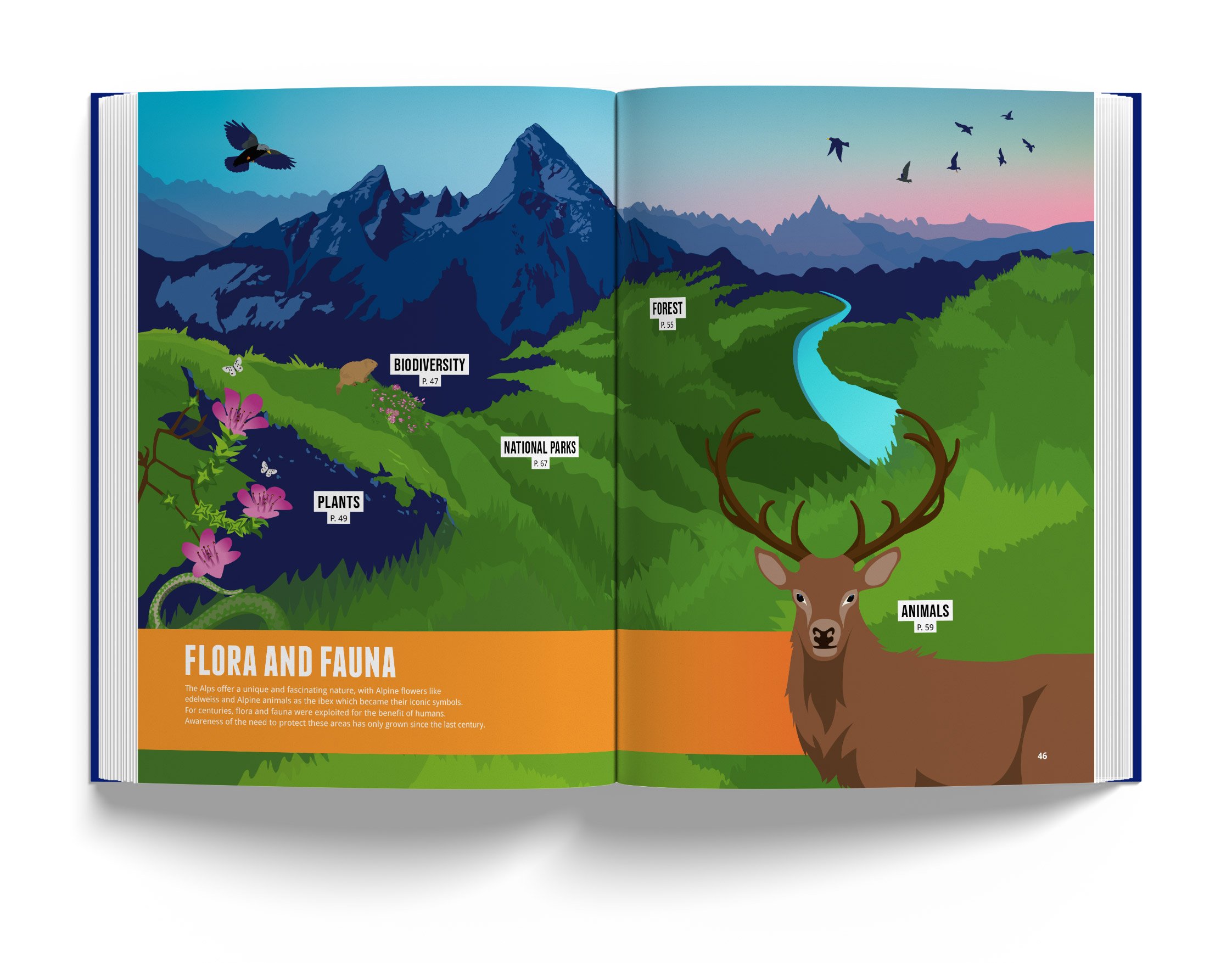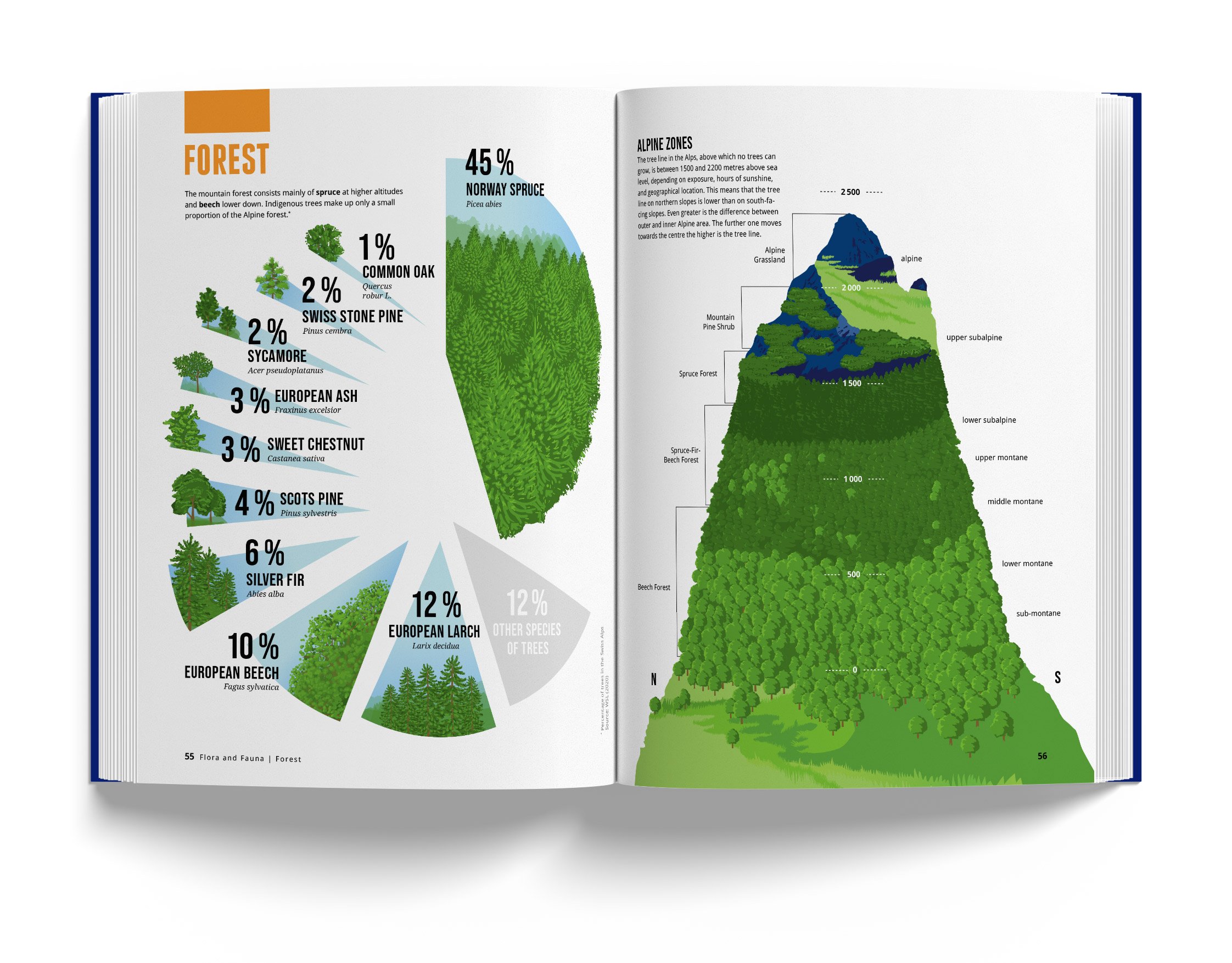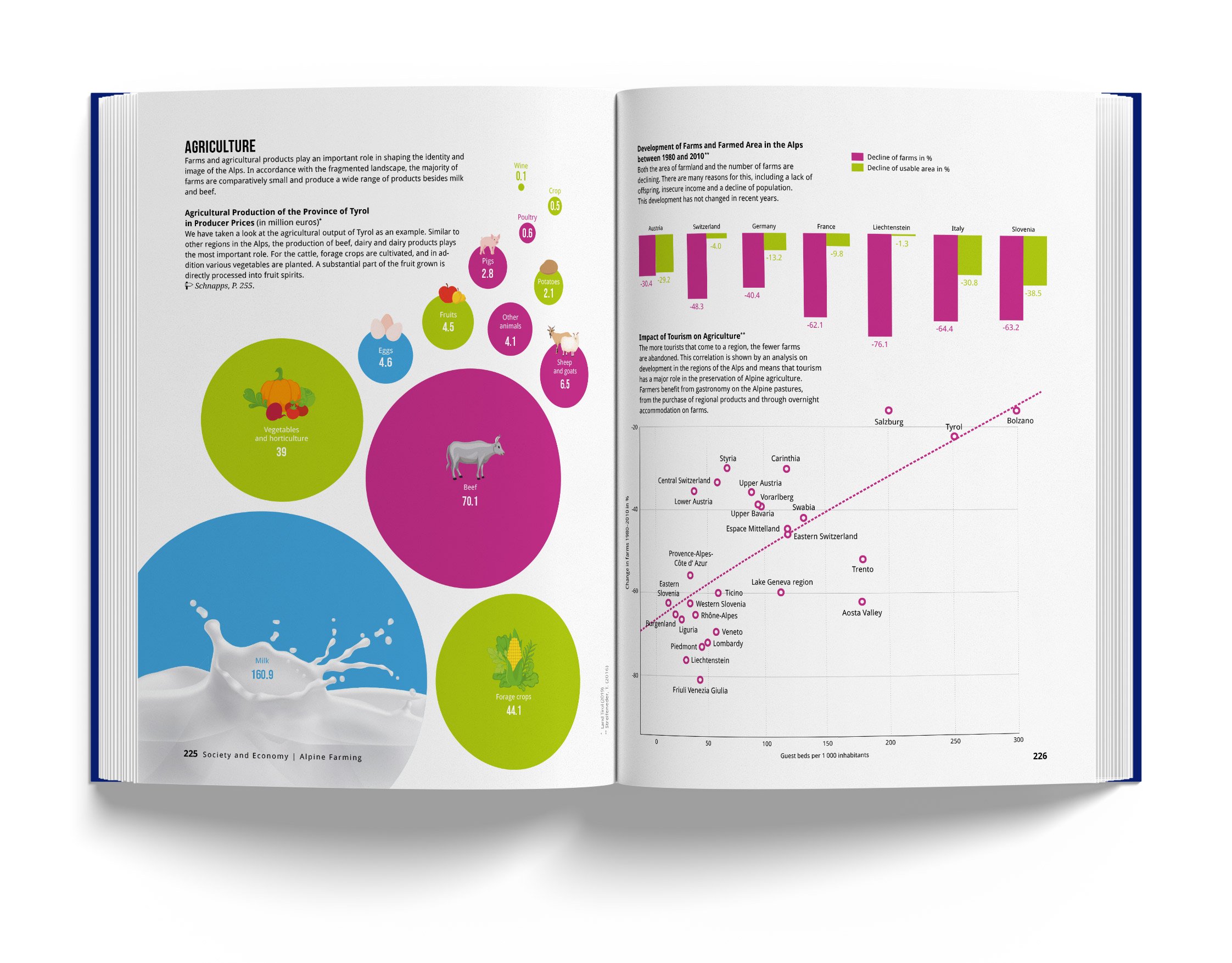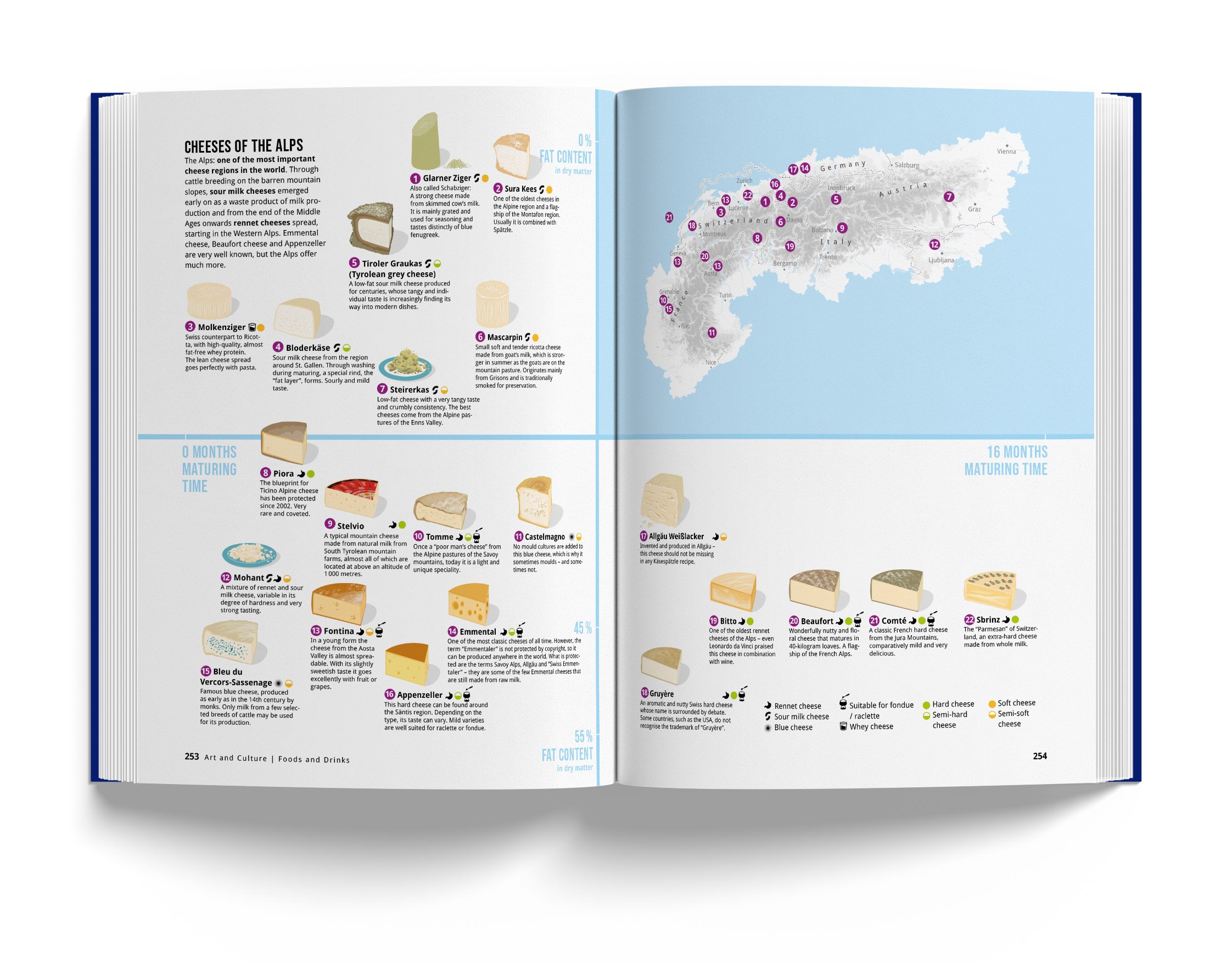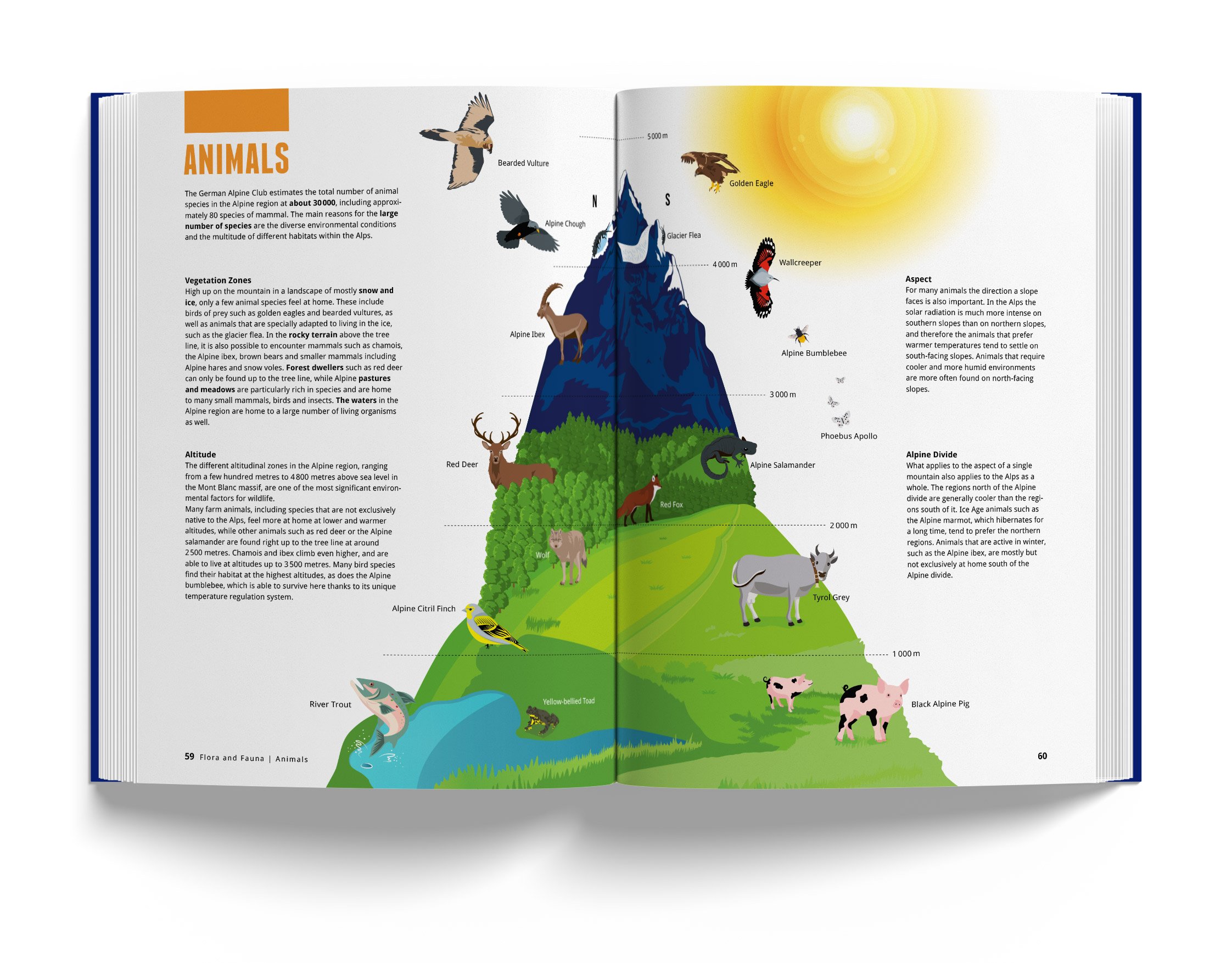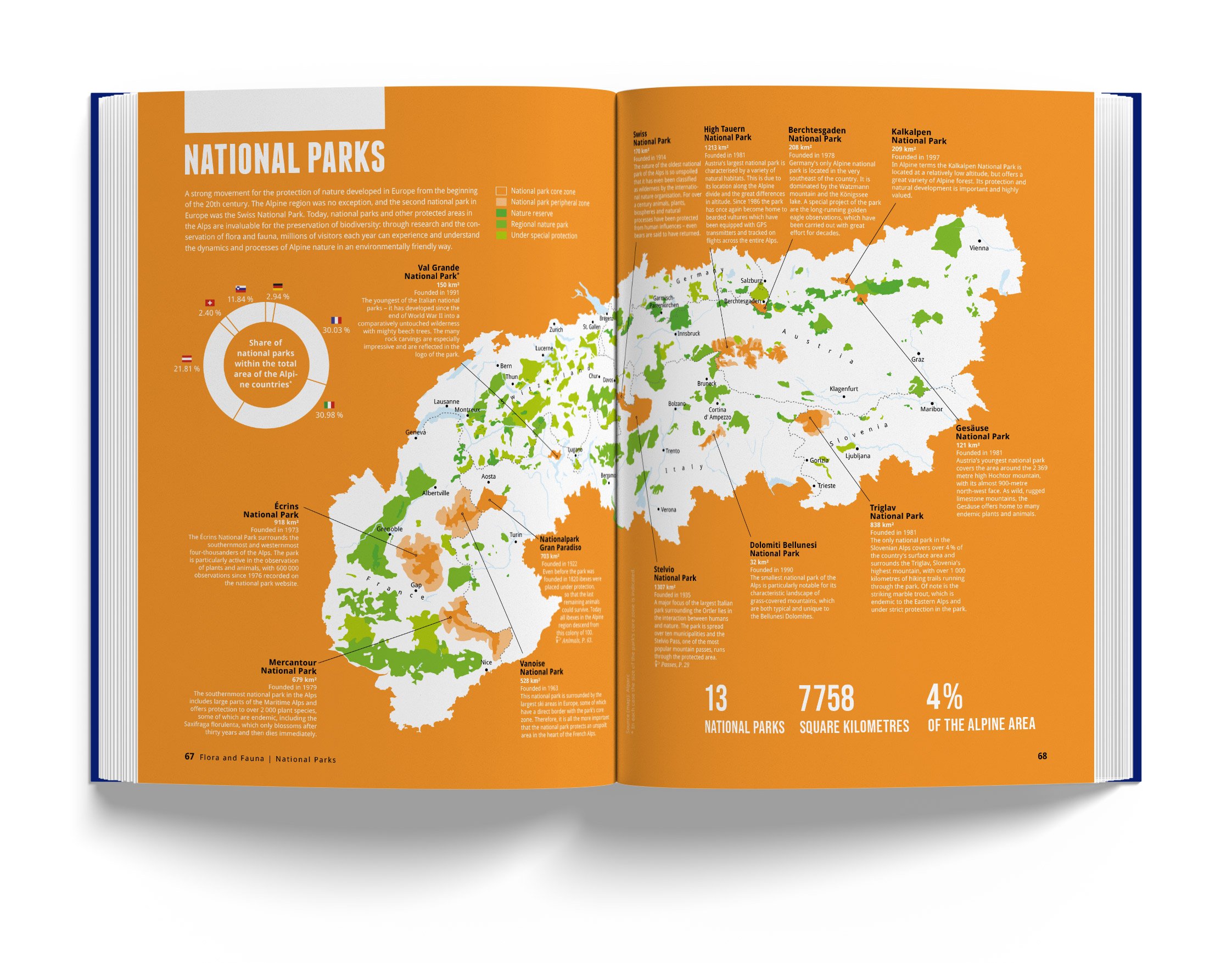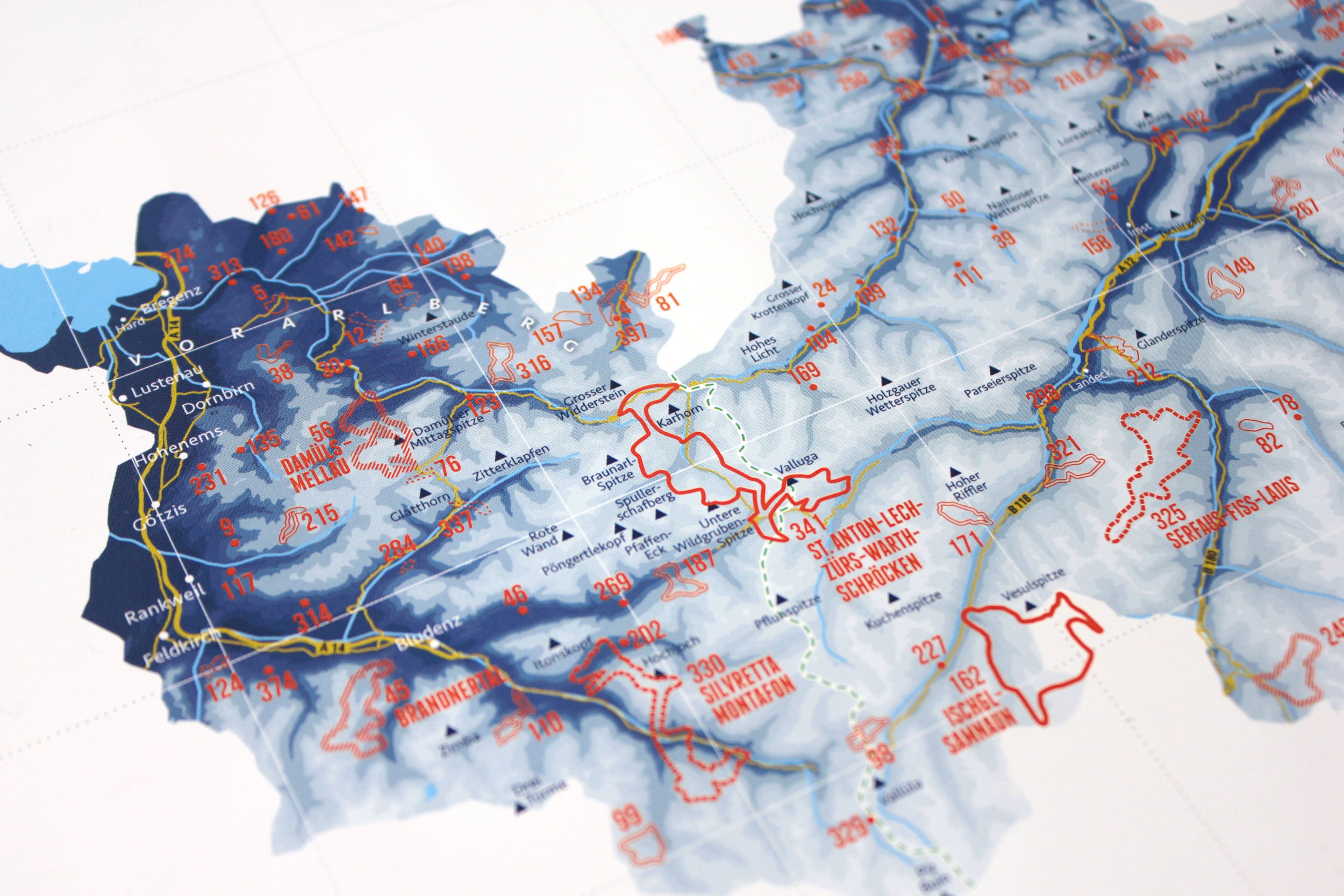The Book Of The Alps - Marmota Maps
Front Cover of the Book. Image: Marmota Maps
Every once in a while, you discover something informative, beautifully put together and of great interest to you and your chosen hobbies.
Being a Geography nerd, like myself and passionate about all things outdoors. I was delighted to receive a copy of the Book of the Alps by the generous folk at Marmota Maps.
Originally the book was written only in German but now it is available in English. Marmota Maps, which are based in Hamburg, Germany comprises a group of inspiring outdoor folk who creatively produce colour/detailed maps, books, prints and much more for any geographical or outdoor enthusiasts.
As someone who loves the alps and visits the region whenever I can, this book is perfect for me and my outdoor interests of hiking, biking, running and, of course, not forgetting the finer geographical makeup of this beautiful European region.
Continually planning and dreaming about my next visit to the Alps, I will continue to delve a little deeper into the many different facets covered by this fantastic book and dream some more.
My last trip to Switzerland and the Alps can be read here:
Great Hikes - Schynige Platte to Burglauenen - Gareth Mate
Great Hikes - Lauterbrunnen, Mürren, Gimmelwald - Gareth Mate
About the Book
Written across 290 pages, the Book of the Alps will bring any reader one step closer to this beautiful region of Europe. Throughout this wonderfully crafted information text is a wealth of information for any outdoor enthusiast, traveller to admire and enjoy.
Each page is focused on delivering information through a range of high-quality infographics, colourful illustrations and written words.
At the front of the book is an in-depth contents page that covers a wide range of topics from the region; some of those topics include the regions Geography, Flora and Fauna, Climate, right through to Music, Economy, together with descriptions of interesting Myths and Legends. It is great to see how much thought and planning has gone into producing the text, as the book builds its contents around the general topics and are then further defined into much smaller, more specific topic areas.
This tends to cover a large area of study and becomes an interesting read for anyone who loves this particular region and the topics covered—continually going in great detail and drawing on topics packed full of important information.
In addition, the book draws upon the experiences and know-how of many individuals who work and live in the region. As a result, the book is written in cooperation with the Alpine Clubs of Germany, Austria and South Tyrol, where contributors share their thoughts, ideas and experiences.
Below is a carousel of images some found in this beautiful text.
Information about the Forests of the Alps.
The Finer Details
Over the last few weeks, I have thoroughly enjoyed reading the book, and I have found even though I know a lot about the region and have studied it during my University degree, I don’t know everything, and how it is presented enables you to digest the necessary and appropriate information comfortably and want to read on, to find out more.
An example of this can be seen from the page opposite, where the information for this subcategory under Flora and Fauna focuses solely on the Forest. The information is precise and to the point and beautifully presented through a selection of images and simple statistics. The text is informative for the reader and kept to a minimum. Allowing the reader to understand what is going on without information overload.
The mountain structure on the right of the page sample gives a beautiful visual representation of what the alps are like and how mountain vegetation structure changes from the valley floor to the mountain top. I like this and with this kind of information and presentation, it is then effortless to visualise it when you are there in the alps yourself.
These are two examples of the style of imagery and information presented to the reader throughout this beautiful book.
Each page works delivers information to the reader in a very interesting and straightforward way. Allowing you to gain the most out of the experience and then transfer this practical knowledge when you are out on your next hike or visiting the region on holiday.
The beautiful presentation of the Flora and Fauna category.
Marmota Maps
As previously mentioned Marmota Maps are based in Hamburg, Germany and besides producing wonderful texts, like the Book of the Alps, they also produce a wide range of other interesting and thought-provoking products that are inspired by the outdoors and mountains.
They have a wide range of maps that focus on World Maps, the Alps, Ski and Surf Maps. Besides this, they also produce country maps that focus on the countries in the alpine region. Each map is displayed in colour and it is informative, containing important information about the chosen topics. They even produce a map that encourages you to add stickers and write over the top, your favourite destinations and relevant snippets of information.
A link to that particular map can be found here: Wall Map - Explore the Alps - Marmota Maps
One such example of a Ski Map of Austria.
A close up of the beautiful map details.
Manni the company mascot.
Manni the Mascot
The Marmota Maps mascot and company animal is called Manni.
Manni is not, as some believe, a beaver, a hamster, or a blinking rat.
Manni is an Alpine animal, of course, to be precise an Alpine marmot.
But why use a marmot?
Back in 2015, when the company was developing their very first map, “Ski Resorts of the Alps“, they also needed a name for this particular project.
Finally, they found the solution and began creating the perfect company logo. Since mountains or the Alpine ibex are both very popular motives for logos and emblems of all kinds the company wanted to use something that was less common, but still was something that would be clearly identified with the European Alps.
The solution was the Alpine marmot and its latin name “Marmota marmota” also brought the company name with it, so Marmota Maps and our mascot, Manni the marmot, was born.
Would I recommend the Book?
I think that would be a resounding YES!
Throughout this blog post, I have tried to give a brief insight into this book in a fair and balanced way. I have been attempting to draw upon the characteristics that make it so unique. Still, I love this non-fictional text, especially where the words and content are meaningful, factual, and engaging.
The whole book demonstrates quality from start to finish, and it is a text I am delighted to include on my bookshelf. If you are like me and have similar interests, then I feel you should look at the website and maybe indulge in this text. It will not disappoint, and I’m convinced you will like it as much as I did.
Go and take a look here and discover a whole lot more: Wall Map - Explore the Alps - Marmota Maps


